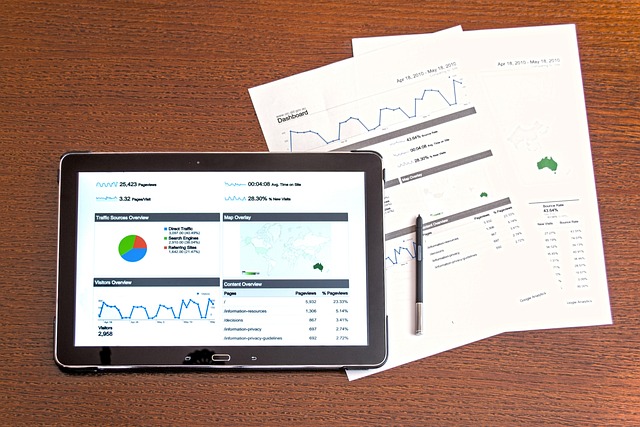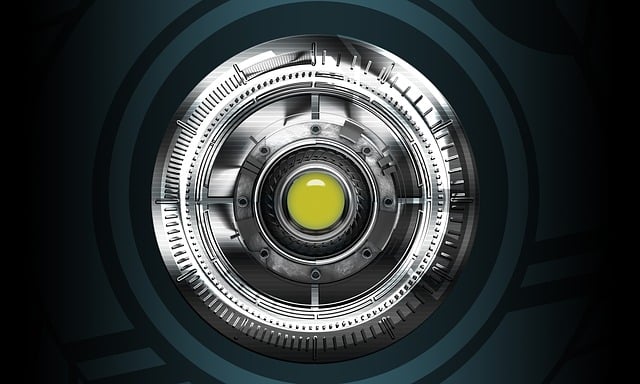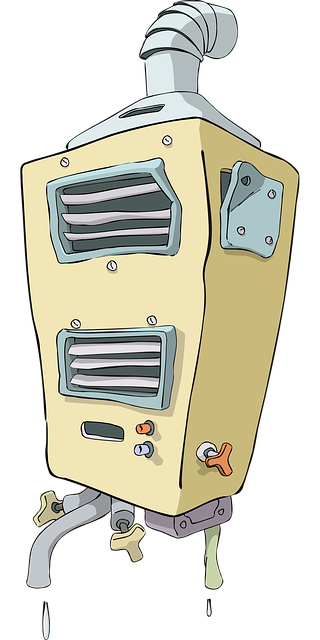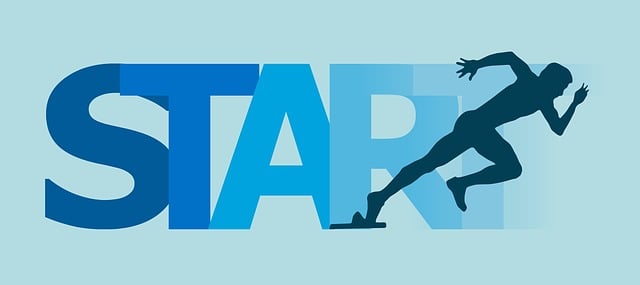Starting a new business requires strategic planning and understanding of the market, with market entry being critical. Startups assess demand, position against competitors, and gain initial traction by considering target audience and industry trends. Equipment loans facilitate market entry by providing access to capital for essential assets without diluting equity or incurring immediate cash costs. This financing method offers flexibility, scalability, and strategic advantage, enabling startups to upgrade or replace assets as their needs change. Navigating equipment loans requires understanding different financing options and matching loan conditions to goals and financial capabilities. Success stories show that equipment loans accelerate growth and foster innovation, allowing startups to compete with established players.
In today’s competitive landscape, successful startup ventures heavily rely on timely market entry and robust asset acquisition. This article delves into the crucial role of equipment loans as a strategic financing option for startups aiming to bridge their initial financial gaps. We explore how these loans facilitate seamless market entry by providing access to essential assets, fostering growth, and enabling new business models. Understanding this financing avenue is key for aspiring entrepreneurs navigating the complexities of startup asset acquisition.
- Understanding Market Entry and Startup Asset Acquisition
- The Role of Equipment Loans in Bridging the Financial Gap
- Benefits of Equipment Financing for Startups
- Navigating Loan Options and Terms for Optimal Startup Growth
- Real-World Examples: Successful Equipment Loan Stories in Startup Land
Understanding Market Entry and Startup Asset Acquisition

Starting a new business involves more than just an innovative idea; it demands strategic planning and a solid understanding of the market. Market entry is a critical phase where startups assess the demand for their products or services, position themselves against competitors, and gain initial traction. This process requires careful consideration of various factors, such as target audience, industry trends, and available resources.
Asset acquisition plays a pivotal role in a startup’s journey. It involves securing the necessary tools, machinery, or technology to bring the business concept to life. Instead of purchasing equipment outright, which can strain early-stage budgets, many startups opt for equipment loans. This financing strategy enables them to gain access to essential assets without incurring long-term financial burdens, facilitating a smoother market entry and fostering growth potential.
The Role of Equipment Loans in Bridging the Financial Gap

For many startups, acquiring necessary equipment and assets is a pivotal step in their journey towards market entry. However, financial constraints often present a significant barrier. This is where equipment loans step in as a powerful solution. Such financing options are designed to fill the gap between business aspirations and reality by providing access to capital for purchasing critical machinery, technology, or inventory.
By leveraging equipment loans, startups can obtain the necessary resources without sacrificing equity or facing immediate cash outlay. This financial flexibility allows budding entrepreneurs to focus on product development, market testing, and strategic planning, ultimately expediting their path to successful market entry.
Benefits of Equipment Financing for Startups

For startups, equipment financing offers a strategic path to navigating the challenges of initial asset acquisition. One of the primary benefits is that it facilitates market entry by enabling businesses to secure essential tools and machinery without the immediate financial burden of purchasing them outright. This funding method allows entrepreneurs to access cutting-edge technology and specialized equipment, which can be pivotal in establishing a competitive edge from the outset.
Additionally, equipment financing provides flexibility and scalability for startups. By leasing or borrowing, young companies have the option to upgrade or replace assets as their needs evolve, aligning with the dynamic nature of many industries today. This adaptability is crucial during the early stages of growth when market conditions can change rapidly, allowing startups to stay agile and responsive to shifting demands.
Navigating Loan Options and Terms for Optimal Startup Growth

Navigating the world of equipment loans is a strategic move for startups aiming to gain a competitive edge in their market entry. With access to essential assets, young businesses can accelerate their growth and development. However, understanding the loan options and terms is vital to ensuring long-term success. Lenders offer various types of financing, each with its own set of conditions, interest rates, and repayment periods. Startups must carefully evaluate these factors based on their financial capabilities and future projections.
Optimal growth requires a loan that aligns with the startup’s goals. For instance, some lenders cater to specific industries, providing specialized equipment loans. Terms might vary from short-term to long-term arrangements, affecting cash flow management. Startups should consider their immediate and future needs, ensuring the loan terms support their market entry and expansion strategies without causing financial strain.
Real-World Examples: Successful Equipment Loan Stories in Startup Land

Many startups have successfully leveraged equipment loans for their market entry and growth strategies, showcasing the real-world potential of this financing option. For instance, a tech startup focused on robotics might require specialized machinery to develop its innovative products. Instead of tying up capital in expensive purchases upfront, they secure a loan to acquire the necessary robots and manufacturing equipment. This financial maneuver allows them to bring their product to market faster, as they can rent the resources they need rather than buying them outright.
Another scenario involves a sustainable energy startup developing solar panels or wind turbines. Accessing loans for advanced production technology enables these businesses to compete with established players by offering more efficient and cost-effective solutions. These equipment loans not only facilitate rapid growth but also encourage innovation, as startups can experiment and refine their technologies without incurring substantial initial costs.














